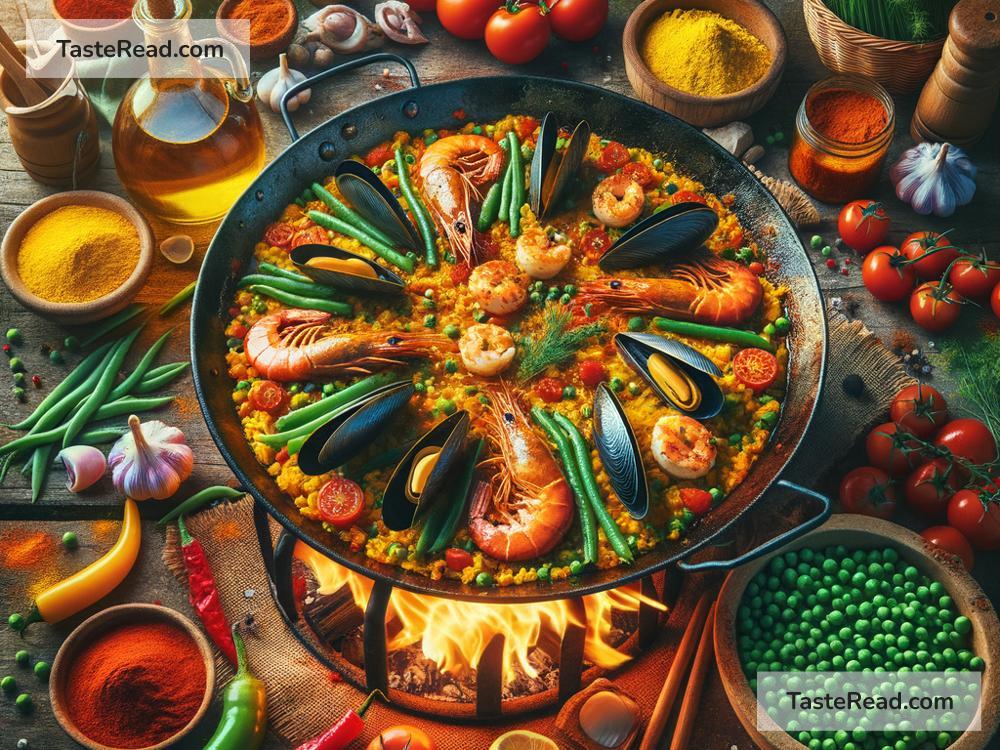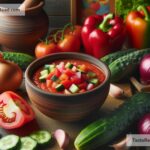The Development of the Spanish Paella
When we think of Spanish cuisine, one dish often stands out: paella. Its bright colors, incredible flavors, and rich history make it one of Spain’s most famous dishes. Though paella is now known worldwide, its story began centuries ago and continues to evolve today. Let’s explore how this iconic dish developed over time, from humble beginnings to global fame.
The Origins of Paella
Paella originated in Valencia, a region on Spain’s eastern coast. In the early days, it was mainly enjoyed by farmers and workers who needed a hearty meal. The dish was cooked over an open fire in a large, flat pan called a “paellera,” which is where the name “paella” comes from.
The farmers would use rice—the main crop in the area—and mix it with whatever ingredients they had on hand. This could include vegetables, beans, or even bits of rabbit or chicken. These ingredients were cooked together with water, olive oil, and spices, creating a simple but satisfying dish.
One of the key spices of paella is saffron, which gives the dish its golden color and unique flavor. Saffron came to Spain through trade with the Middle East during the times of the Arab Moors, who ruled parts of the country for hundreds of years. Their influence helped shape Spanish cuisine, including the development of paella.
Rice: The Heart of Paella
Rice plays a central role in paella, and its history in Spain is fascinating. Rice was introduced to the Iberian Peninsula by the Arabs in the 8th century. The climate of Valencia, with its warm weather and abundant water supply, made it perfect for growing rice. Over time, rice became a staple food in the region, forming the foundation of many local dishes, including paella.
Valencia’s farmers would cook rice in flat pans, which allowed the grains to absorb flavors evenly. They used local ingredients, creating a dish that reflected their connection to the land. Traditional paella sticks to minimal ingredients: rice, saffron, olive oil, and meat or seafood. The simplicity of the dish reflects its origins as a practical meal for hardworking people.
Evolution Over Time
As the years passed, paella grew in popularity and began to evolve. In the 19th century, seafood became more common in paella recipes, especially in coastal areas. Fishermen brought fresh shellfish, squid, and fish to the markets, and locals began adding these ingredients to their rice dishes. This gave rise to seafood paella, one of the most popular variations we know today.
Holiday celebrations and social gatherings also played a role in the dish’s evolution. Valencians began to adapt paella for larger groups by cooking it in bigger pans and adding extra ingredients. This communal style of eating paella further strengthened its place in Spanish food culture. Over time, local ingredients continued to influence the dish, leading to regional versions of paella with different flavors and textures.
Variations of Paella
Though paella started in Valencia, it quickly spread to other parts of Spain. Each region added its own twist to the dish. For example, in Catalonia, lobster and red prawns are often included. In Murcia, locals enjoy paella with rabbit and snails. In Andalusia, they might add artichokes and chorizo for extra flavor.
One interesting variation is “black paella,” or arroz negro, which gets its dark color from squid ink. This dish has a more intense seafood flavor and is popular in coastal areas.
Another version is mixed paella, which combines meat and seafood into one dish. Though traditionalists might argue this is not “true” paella, it has gained popularity because it offers the best of both worlds.
Outside of Spain, chefs have created their own versions of paella, sometimes using ingredients like peppers, peas, or even sausages that would not normally be found in the Spanish recipe. While purists might debate these modern twists, they show how adaptable paella is to different tastes and cultures.
Paella Today: A Symbol of Spanish Culture
Today, paella is not just food—it’s a symbol of Spanish culture and tradition. It is often enjoyed during family gatherings, festivals, and celebrations. In Valencia, locals even hold competitions to see who can make the best paella.
Cooking paella has become an art form, and many chefs carefully follow traditional techniques to achieve the perfect dish. A well-made paella should have a crispy layer of rice at the bottom, called the socarrat. This adds texture and flavor and is highly prized by paella lovers.
Paella has also gained international fame. Restaurants around the world serve their own versions of it, and tourists visiting Spain often seek out authentic paella as part of their experience. Despite its global success, the dish remains deeply rooted in Valencia and continues to represent the region’s history, culture, and sense of community.
Conclusion
The story of paella is one of creativity, tradition, and evolution. From its humble beginnings as a rural meal to its rise as a world-famous dish, paella reflects the history and heart of Spain. Its use of local ingredients, its communal preparation, and its adaptability have all made it a beloved part of Spanish cuisine. Whether you’re enjoying seafood paella along the coast or mixing up your own version at home, paella is a celebration of flavor, culture, and togetherness that brings people together, just like it did centuries ago in the fields of Valencia.


